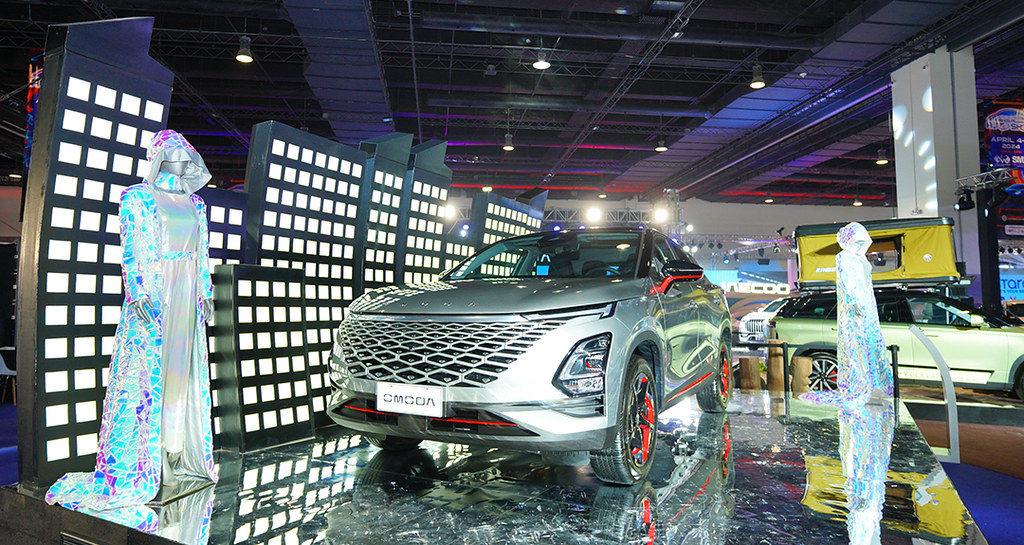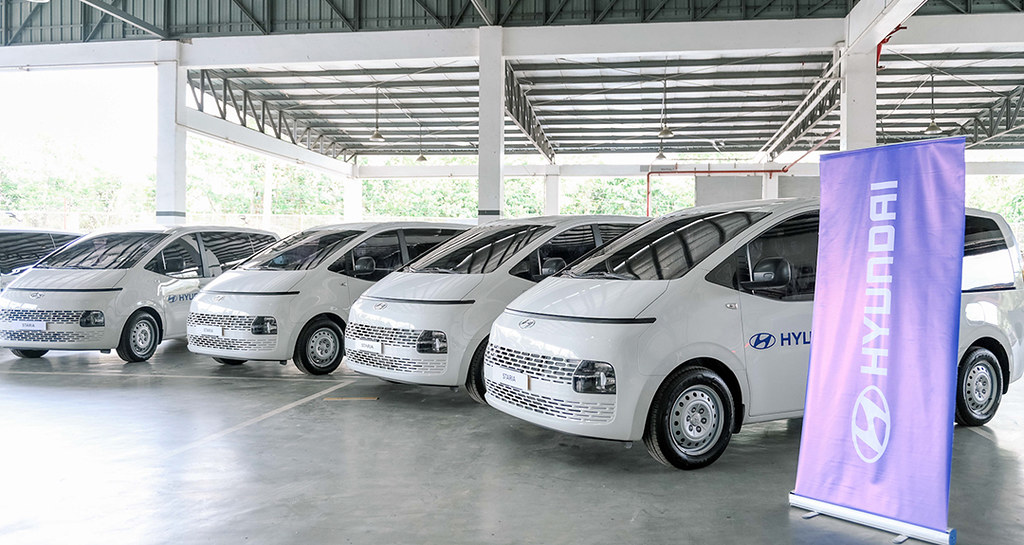Singapore—What does it take to design and build a Formula One car? The F1 teams need over 13,000 drawings, more than 200 sensors in the cars, and supercomputers capable of delivering over 150GB of data per hour as well as real-time analytics from the track. They also need a seamless way of transmitting this within the garage and to team headquarters and factories back in Europe.
This level of technology and amount of computing power needed to develop an F1 race car is unlike anything seen in any other industry—except perhaps in aerospace. That’s why it’s important for these teams to partner with big technology companies to help meet these requirements.
Since 2012, Renault Sport Formula One Team (formerly the Lotus F1 Team) has a partner in Microsoft to help manage all the data needed from design to deployment. We got to see firsthand how their relationship works during the 2016 Formula 1 Singapore Airlines Singapore Grand Prix held last September 16 to 18 on the streets of the city state.

The practical application
Renault serves as a development partner for Microsoft, and this gives them early access to Microsoft products as they come out.
“Digital transformation has always been in existence in Formula One,” says Cyril Abiteboul, managing director of Renault, during the Microsoft press event held on the race weekend. “We are constantly trying to improve our competitiveness and one of the big changes that we have, which we have addressed together with Microsoft over the year, is how we manage the configuration of the car. The car is not a static product. It’s something that is constantly changing. We need to monitor the life of the parts, behavior of the parts, both in the engine and the chassis.”
And the changes happen at breakneck speed, too. While working on the existing car or concentrating on a specific race, planning for the next race and the new car to meet next year’s regulation change are already in motion as well.
“We don’t have years to adapt to a new regulation, we just have months,” Abiteboul emphasizes. “[We] use technology to reduce the lead time. We’re all operating in Formula One with [a] fixed schedule, so you’re trying to shorten the different time elements of the cycle to allow lead time for manufacturing. Because the less time you spend in manufacturing, the more time you will spend designing and optimizing the car.”

To win races, these teams need the best setup and so Renault needs technological solutions that will help them make quick yet informed decisions. That’s where Microsoft’s products and services come in.
One example is Dynamics AX, an enterprise resource planning solution developed to provide businesses with user-friendly access to data no matter what device they use. The solution integrates other Microsoft Cloud services such as Power BI, Skype, and Office 365. Aside from that, Renault is currently working with Microsoft to shift more of its data and requirements to the cloud using other Microsoft services.
We saw Dynamics AX in action during a tour of the Renault garage during the Singapore Grand Prix. The team uses the solution to list and monitor all the parts. A specialist manages this and communicates with the factories in Europe when a certain part needs to be replaced. If it’s available, the process of sending it over is done immediately. If the part isn’t available, the solution kicks off production of said part—which is then delivered to where the team is as soon as possible.

Another key change for Renault that came about with the partnership is the amount of servers the team needs to carry with them around the world—a costly endeavor that’s been solved with the move of a big chunk of the data to the cloud.
Speaking of costs, Abiteboul talks about how they use Microsoft technologies for economies of the team.
“F1 is expensive but working within a budget,” he says. “One thing we have to constantly measure and decide where is it best to spend money. There are so many options to spend money—towards engine, chassis, driver, etc. [We] constantly need to know where it’ll make the biggest impact on the performance of the car.”

Microsoft on their part is learning a lot from this partnership, too. Their engineers are involved in the implementation of their technology at Renault and gives them access to a lot of data needed to make their products simpler and more adaptable.
Abiteboul sees the partnership with Microsoft beyond the data they’re able to glean from the services. Eyeing the Surface Hubs on display at the Microsoft Technology Center in Singapore, he sees how these collaborative, interactive displays can work in their garage.
“Our vision of the future is all garage to be completely interactive, sort of open to the world, capable of using video and also remote interaction between the different teams” Abiteboul says.
The future is in the clouds
Abiteboul’s vision might not be too far off. Microsoft is launching soon a new iteration of its Dynamics service called Dynamics 365. It brings Microsoft’s ERP and customer relationship management cloud solutions into one service. It’ll have purpose-built apps to help manage different business functions including those for financials, sales, operations, customer service, field service, marketing, and project service automation. Office 365, Power BI, and Cortana will be natively integrated as well.
Microsoft offers a new licensing model that lowers the entry into the service. According to Pepijn Richter, director of product management of Dynamics 365 at Microsoft, this was implemented so “more people within the organization can have access to valuable data in the business applications.”

Dynamics 365 users will also get access to AppSource, a new in-product marketplace to help them try new Software-as-a-Service apps from Microsoft and its partners.
Richter explains the services for smaller organizations and big companies will be slightly different, with simplicity at the core for smaller companies. But the licensing structure, which he claims sets Microsoft apart from its competitors, will be the same.
No announcement has been made yet about pricing of Dynamics 365.













[…] Renault’s need for technological speed […]